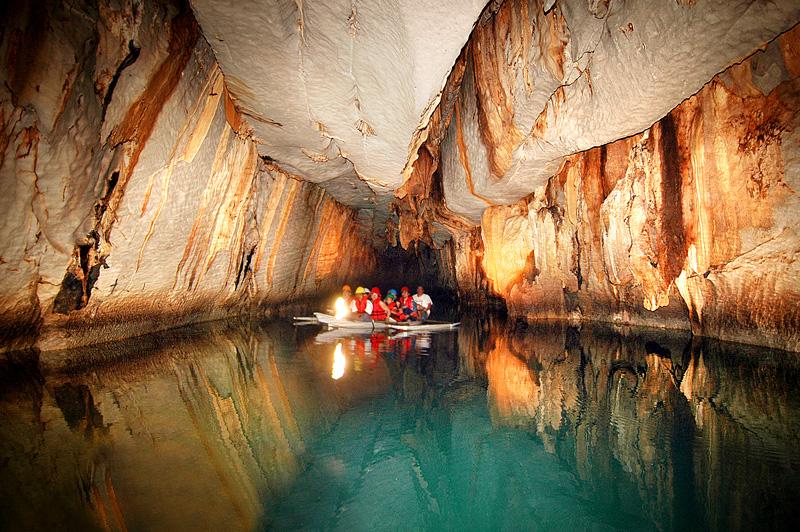Rainforests are some of the most biodiverse places on Earth, teeming with exotic wildlife found nowhere else. From the towering canopies to the shadowy forest floors, these lush ecosystems are home to an array of fascinating creatures, each adapted to thrive in their unique environment. In this article, we’ll explore the top 15 most exotic wildlife species that inhabit the world’s rainforests, showcasing the remarkable diversity and wonder these natural havens offer. Whether you’re an avid nature lover or simply curious, these incredible animals are sure to captivate your imagination.
Jaguar

The jaguar, the largest feline in Central and South America, is a striking symbol of the tropical rainforests. With its powerful build and coat of vivid orange covered in black rosettes, this apex predator is a master of stealth and camouflage, perfectly suited to its dense, jungle environment. Jaguars are solitary hunters, known for their extraordinary strength and powerful bite, capable of piercing the skulls of their prey, which includes deer, capybaras, and even caimans. Their ability to swim sets them apart from other big cats, allowing them to hunt along rivers and water bodies in the rainforest. Found primarily in the Amazon Basin, jaguars play a crucial role in maintaining the balance of their ecosystem by controlling the populations of other animals. Their elusive nature and the breathtaking beauty of their natural habitat make them one of the most exotic and revered creatures in the world’s rainforests.
Capybara
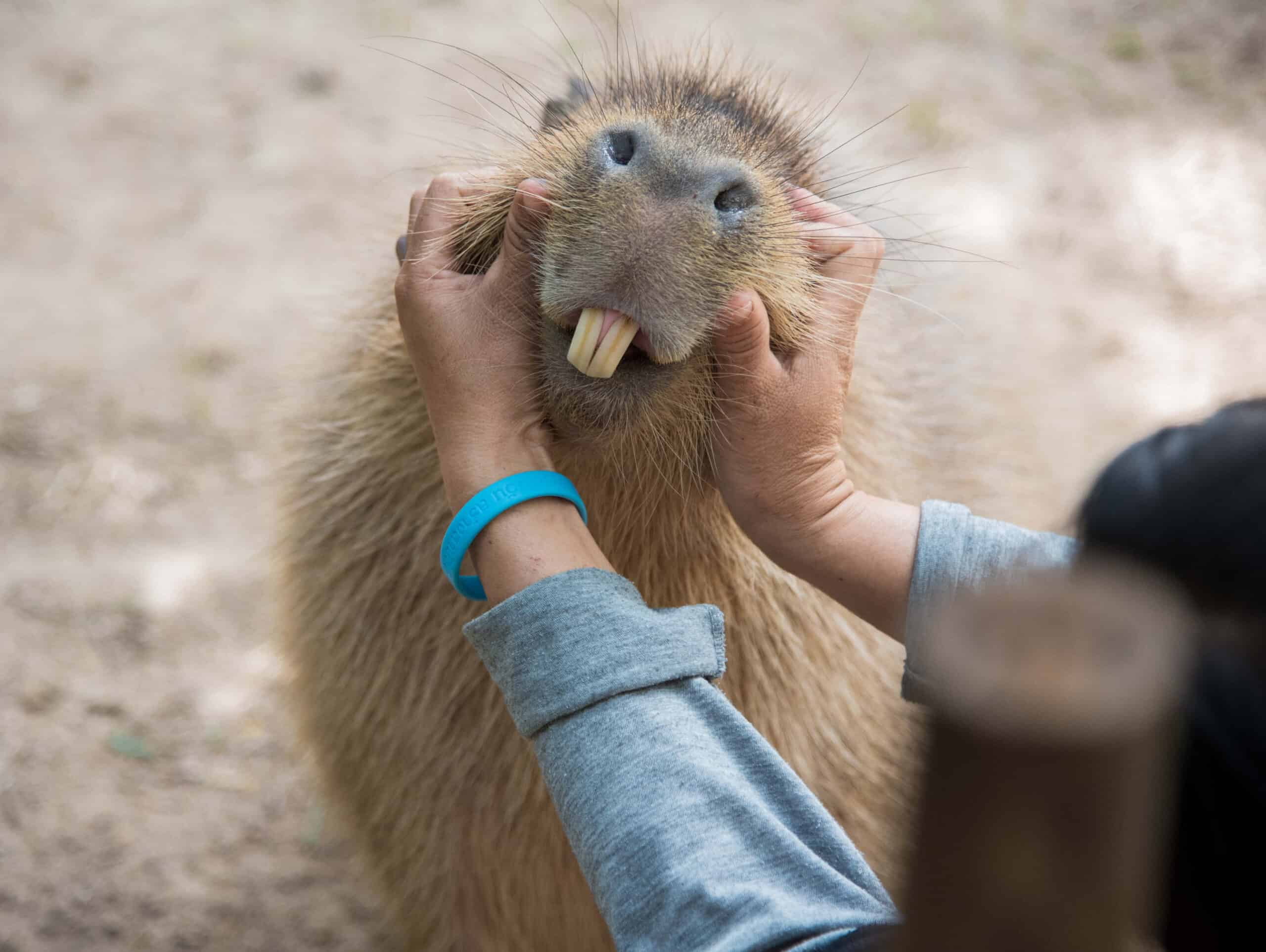
The capybara, the world’s largest rodent, is a fascinating and unique resident of the Amazon rainforest. Weighing up to 66 kilograms, these gentle giants are highly social animals, often seen in groups of up to 20 individuals. Capybaras are semi-aquatic, with webbed feet that make them exceptional swimmers. They are known to submerge themselves in water to evade predators, with the ability to stay underwater for several minutes at a time. Their diet consists mainly of grasses and aquatic plants, making them a vital component of the rainforest’s food chain. Capybaras are most commonly found in Brazil, Peru, and Colombia, where they live in wetlands, riversides, and swampy areas. Their friendly demeanor and unique adaptations to a watery lifestyle have made them one of the most recognizable and beloved animals of the rainforest, symbolizing the rich biodiversity of these ecosystems.
Toucan

The toucan, with its unmistakable large and colorful beak, is one of the most iconic birds of the rainforest. These birds are primarily fruit eaters, using their oversized beaks to reach and peel fruit from the trees in their lush jungle habitats. The toucan’s beak, which can reach up to 20 centimeters in length, also helps regulate their body temperature by releasing excess heat. Despite their vibrant appearance, toucans are not strong fliers; instead, they hop from branch to branch in search of food. Toucans are social birds, often found in small flocks, and are known for their loud, distinctive calls that echo through the forest. They inhabit the canopies of rainforests across Brazil, Peru, Colombia, and Ecuador, where they play an essential role in seed dispersal, contributing to the health and regeneration of the rainforest ecosystem. Their striking appearance and crucial ecological role make toucans one of the most exotic and vital creatures of the rainforest.
Macaw

The macaw is one of the most visually stunning birds in the rainforest, known for its vibrant plumage and impressive wingspan, which can reach up to a meter. These intelligent and sociable parrots are not only beautiful but also known for their ability to mimic human speech and other sounds, making them popular pets around the world. However, in the wild, macaws are known for their strong pair bonds, often forming lifelong partnerships. They are typically found high in the rainforest canopy, where they feed on a diet of fruits, nuts, and seeds. Macaws play a critical role in their ecosystems by aiding in seed dispersal, helping to maintain the diversity of plant species in the rainforest. Their loud calls can be heard from great distances, adding to the vibrant soundscape of the jungle. Found in countries like Brazil, Peru, and Ecuador, macaws are not just symbols of beauty but also essential components of the rainforest’s complex web of life.
Anaconda
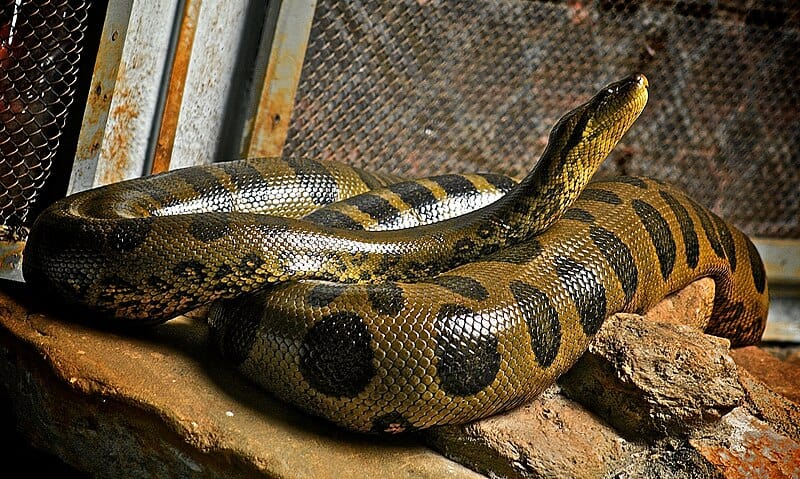
The anaconda, one of the largest snakes in the world, is a formidable and awe-inspiring creature of the rainforest. These massive serpents can grow up to 30 feet long and weigh over 550 pounds, making them the heaviest snakes on Earth. Anacondas are exceptional swimmers, often found near rivers, swamps, and marshes, where they hunt for prey. Their diet includes a variety of animals, from fish and birds to large mammals like deer and capybaras. Anacondas use their powerful bodies to constrict and subdue their prey before swallowing it whole. Despite their size, anacondas are elusive creatures, often hidden beneath the water’s surface or among the dense vegetation of the rainforest. They play a crucial role in controlling the populations of other species, maintaining the balance of their ecosystems. Found primarily in Brazil, Peru, and Colombia, anacondas are a symbol of the raw power and mystery of the world’s rainforests, making them one of the most exotic and fascinating animals in the world.
Sloth

The sloth is one of the most unique and iconic creatures of the rainforest, known for its incredibly slow pace and relaxed lifestyle. These mammals spend most of their lives hanging upside down from tree branches, moving so slowly that algae can grow on their fur, providing them with camouflage. Sloths have a slow metabolism, which means they only need to come down from the trees once a week to relieve themselves. They are solitary animals, often found in the canopies of the rainforest, where they feed on leaves, flowers, and fruits. Sloths are primarily nocturnal and are known for their excellent swimming abilities, which they use to cross rivers. Their slow movements and low-energy lifestyle are adaptations to their diet of low-calorie leaves. Found in the rainforests of Brazil, Peru, and Colombia, sloths are a symbol of the serene and unhurried pace of life in the jungle, making them one of the most beloved and exotic animals in the rainforest.
Tapir

The tapir is a large, herbivorous mammal that is often described as a living fossil due to its ancient lineage. With a distinctive, prehensile snout that resembles a shortened trunk, tapirs use this versatile appendage to grasp leaves and fruit, which make up the bulk of their diet. Despite their bulky appearance, tapirs are surprisingly agile, particularly in water, where they often retreat to avoid predators. Tapirs are primarily nocturnal and are known for their excellent sense of smell, which helps them navigate the dense rainforest. These solitary animals play a vital role in seed dispersal, helping to maintain the diversity of plant species in their habitats. Tapirs are found in the rainforests of South America, particularly in Brazil, Peru, and Colombia, where they inhabit a range of environments from lowland forests to mountainous regions. Their unique appearance and crucial ecological role make tapirs one of the most exotic and intriguing animals in the rainforest.
Spider Monkey

Spider monkeys, known for their long limbs and prehensile tails, are among the most agile and acrobatic animals in the rainforest. These primates are highly social, living in groups that can number up to 30 individuals. Their long, slender limbs and tails, which can act as a fifth limb, allow them to swing gracefully through the trees, making them one of the most adept arboreal animals. Spider monkeys are primarily frugivorous, feeding on a diet rich in fruits, but they also consume leaves, flowers, and insects. They play a vital role in seed dispersal, contributing to the health and diversity of the rainforest ecosystem. Spider monkeys are highly intelligent and communicate with each other using a variety of vocalizations, gestures, and facial expressions. Found in the rainforests of Central and South America, including Brazil, Peru, and Colombia, spider monkeys are a symbol of the complex social structures and dynamic environments of the world’s rainforests.
Harpy Eagle
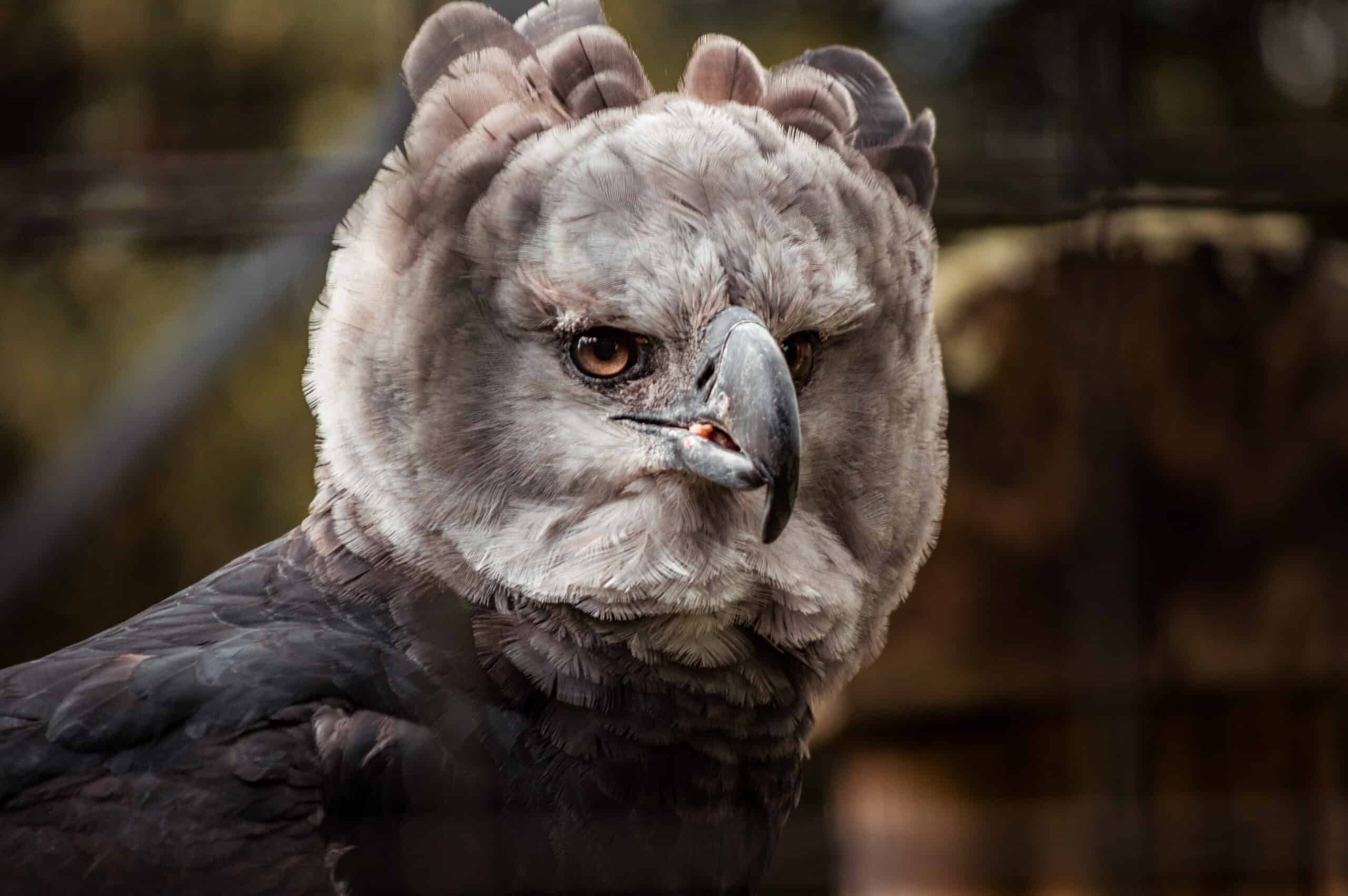
The harpy eagle, one of the most powerful and formidable birds of prey, is a true apex predator of the rainforest. With a wingspan that can exceed six and a half feet and talons as large as a bear’s claws, this majestic raptor is capable of hunting large prey, including monkeys and sloths. Harpy eagles are known for their incredible strength and agility, which they use to navigate through the dense canopy in pursuit of prey. They are monogamous birds, often forming lifelong pair bonds, and they typically nest in the tallest trees of the rainforest. The harpy eagle’s striking appearance, with its distinctive feathered crown and piercing gaze, makes it one of the most iconic and revered animals in the rainforest. Found in the tropical rainforests of Central and South America, including Brazil, Peru, and Colombia, the harpy eagle plays a critical role in maintaining the balance of the ecosystem by controlling the populations of its prey species.
Electric Eel
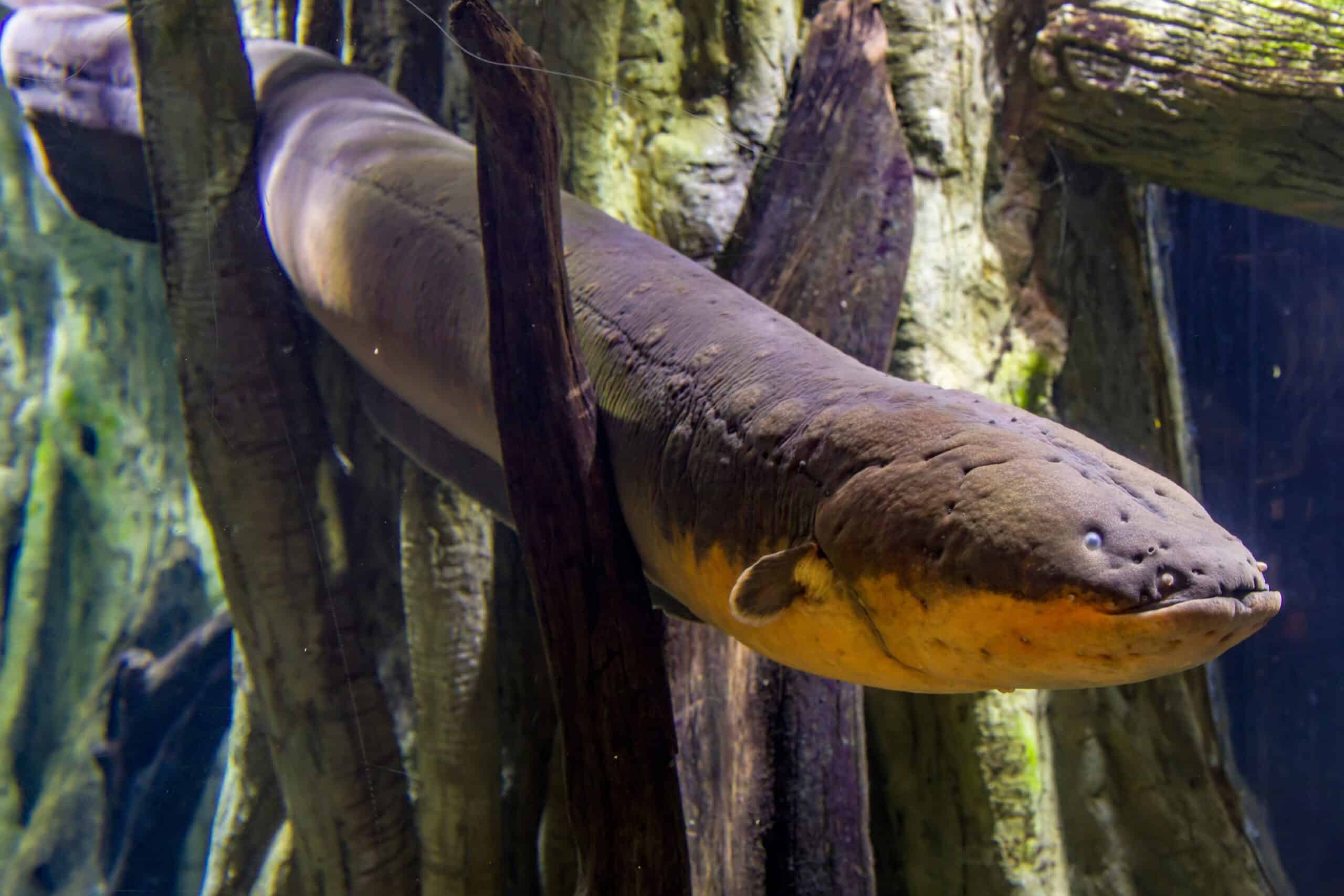
The electric eel, despite its name, is not a true eel but a species of knifefish known for its remarkable ability to generate powerful electric shocks. These shocks, which can reach up to 800 volts, are used for both hunting and self-defense, allowing the electric eel to stun its prey and ward off predators. Electric eels have elongated bodies that can grow up to eight feet in length, with most of their length devoted to specialized electricity-generating cells known as electrocytes. These cells function like a living battery, capable of delivering a powerful jolt to incapacitate prey or deter threats. Electric eels are found in the murky waters of the Amazon and Orinoco River basins, where they lurk in the shadows, waiting to ambush their next meal. Their unique ability to generate electricity makes them one of the most extraordinary and exotic creatures in the rainforest, embodying the mysterious and sometimes dangerous nature of these ecosystems.
Poison Dart Frog

The poison dart frog, known for its vibrant and often neon-bright colors, is one of the most striking and dangerous amphibians in the rainforest. These small frogs, which rarely exceed two inches in length, secrete potent toxins through their skin as a defense mechanism against predators. The most toxic species, like the golden poison dart frog, can produce enough venom to kill ten adult humans, making them one of the deadliest animals in the world. The bright colors of poison dart frogs serve as a warning to potential predators of their toxicity, a phenomenon known as aposematism. Despite their lethal nature, these frogs are essential to the rainforest ecosystem, helping to control insect populations. They are found in the rainforests of Central and South America, including Brazil, Peru, and Colombia. Their striking appearance and deadly defense make poison dart frogs one of the most exotic and fascinating creatures in the rainforest.
Red-Bellied Piranha

The red-bellied piranha is one of the most infamous fish in the world, known for its sharp teeth and voracious appetite. These carnivorous fish, which can weigh up to 1.4 kilograms, are often found in schools in the rivers and lakes of the Amazon Basin. Despite their fearsome reputation, red-bellied piranhas are primarily scavengers, feeding on dead or injured animals rather than attacking live prey. However, they are capable of a frenzied feeding behavior when food is scarce, rapidly stripping the flesh from their prey. Their razor-sharp teeth are perfectly adapted for slicing through flesh and are continuously replaced throughout their lives. The red-bellied piranha’s reputation as a ferocious predator has made it a symbol of the untamed and dangerous nature of the rainforest, although their role in the ecosystem is more complex and vital than their fearsome image suggests. Found in countries like Brazil, Peru, and Colombia, red-bellied piranhas are one of the most exotic and intriguing fish species in the rainforest.
Candiru Fish

The candiru fish, also known as the “toothpick fish,” is a small, parasitic catfish native to the Amazon Basin. Despite its diminutive size, usually just a few centimeters long, the candiru has gained notoriety for its gruesome feeding habits. It is known for its ability to invade the gills of larger fish, anchoring itself with sharp spines before feeding on the host’s blood. This behavior has earned the candiru a fearsome reputation, though many of the more sensational stories, such as its supposed attraction to human orifices, are largely myth. Nevertheless, the candiru’s parasitic lifestyle makes it one of the most unusual and exotic creatures in the rainforest. Found in the murky waters of the Amazon River, the candiru plays a unique role in the ecosystem, highlighting the often-overlooked complexity of life in the rainforest’s aquatic environments.
Glass Frog

The glass frog, with its translucent skin, is one of the most extraordinary and delicate creatures found in the rainforests of Central and South America. These small frogs, usually just a few inches long, are named for their unique skin, which allows one to see their internal organs, including their heart and digestive system. Despite their transparency, their backs are typically a vibrant green, providing them with camouflage among the leaves. Glass frogs are primarily nocturnal and spend most of their lives in the trees, descending only to lay eggs on leaves overhanging streams. The male glass frogs are known for their protective nature, often guarding their eggs until they hatch. Found in countries like Costa Rica, Panama, and Colombia, glass frogs are a testament to the incredible diversity and adaptability of life in the rainforest, making them one of the most exotic and visually captivating amphibians in the world.
Tarsier

The tarsier is one of the smallest and oldest primates in the world, found in the rainforests of Southeast Asia, particularly in the Philippines and Indonesia. These tiny primates, no larger than a human hand, are known for their enormous eyes, each as large as their brain, which provide them with excellent night vision. Tarsiers are strictly carnivorous, feeding on insects, birds, and small mammals, which they hunt with remarkable agility. Their powerful hind legs allow them to leap great distances between trees in pursuit of prey. Tarsiers are highly vocal animals, using a range of calls to communicate with each other in the dense rainforest. Their ability to rotate their heads 180 degrees adds to their unique and almost otherworldly appearance. As one of the most exotic primates in the rainforest, tarsiers embody the rich evolutionary history and biodiversity of these ancient ecosystems.
This article originally appeared on Rarest.org.
More from Rarest.org

Contemporary art constantly pushes the boundaries of creativity. Artists today use unexpected materials to challenge conventional notions of what art can be. Read more.
The global film industry is dominated by a select group of production studios that consistently produce top-grossing films. Read more.
Underground rivers and lakes are some of the most fascinating and hidden wonders of our planet. Carved out over millions of years, these secret waterways flow beneath the surface, creating breathtaking landscapes that few have the chance to see. Read more.


